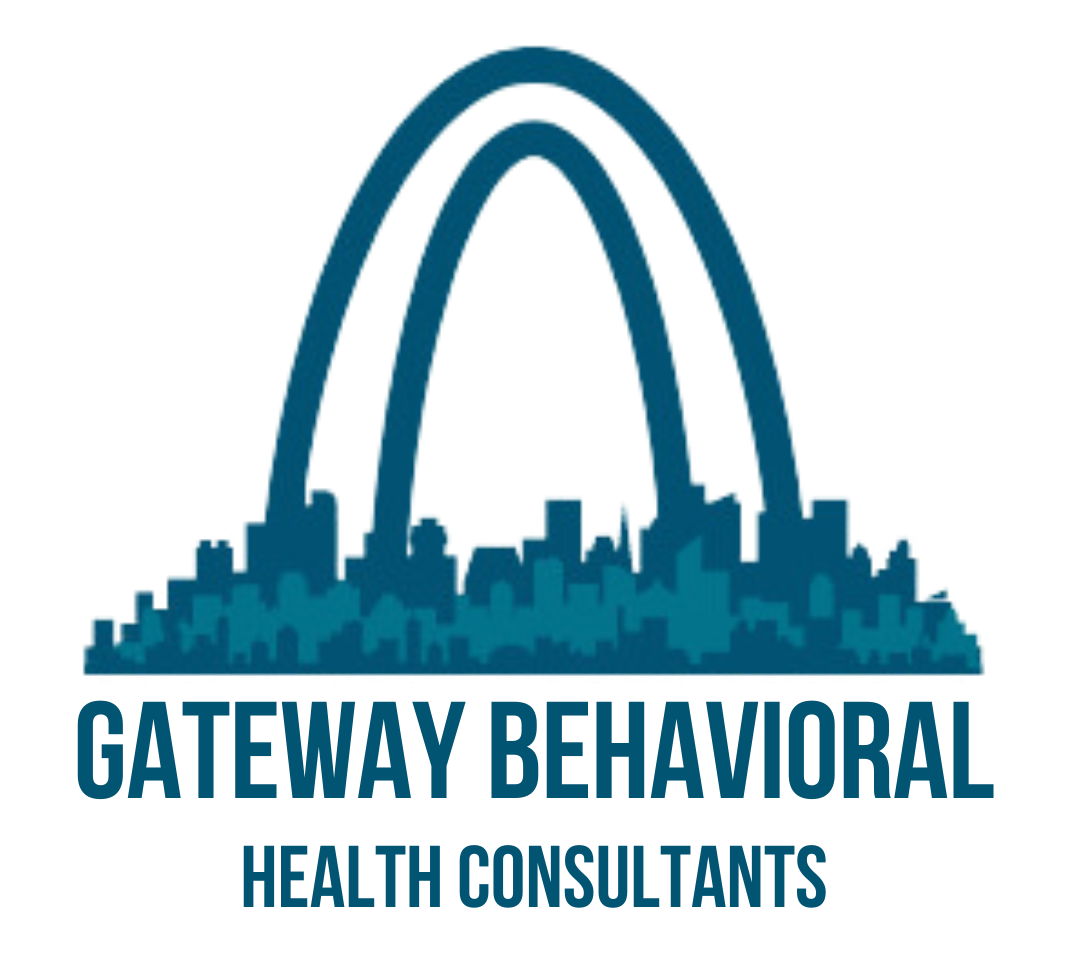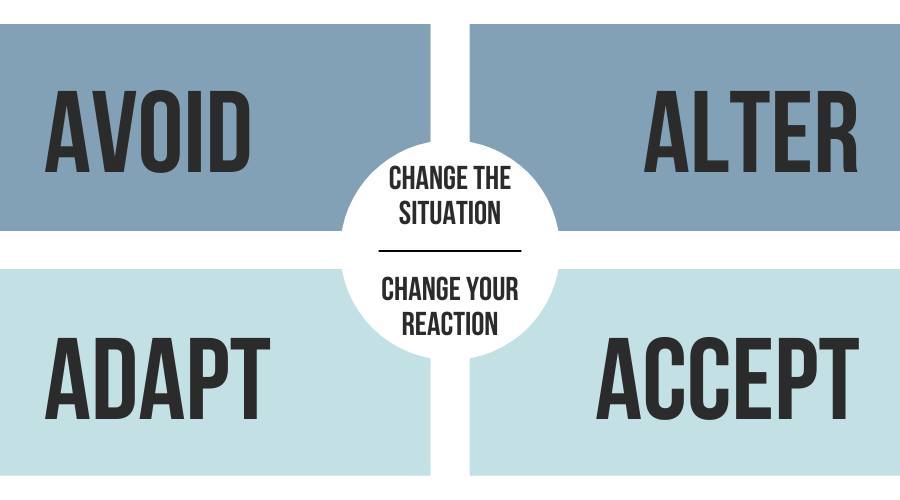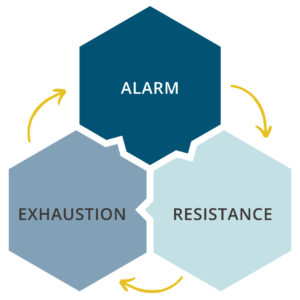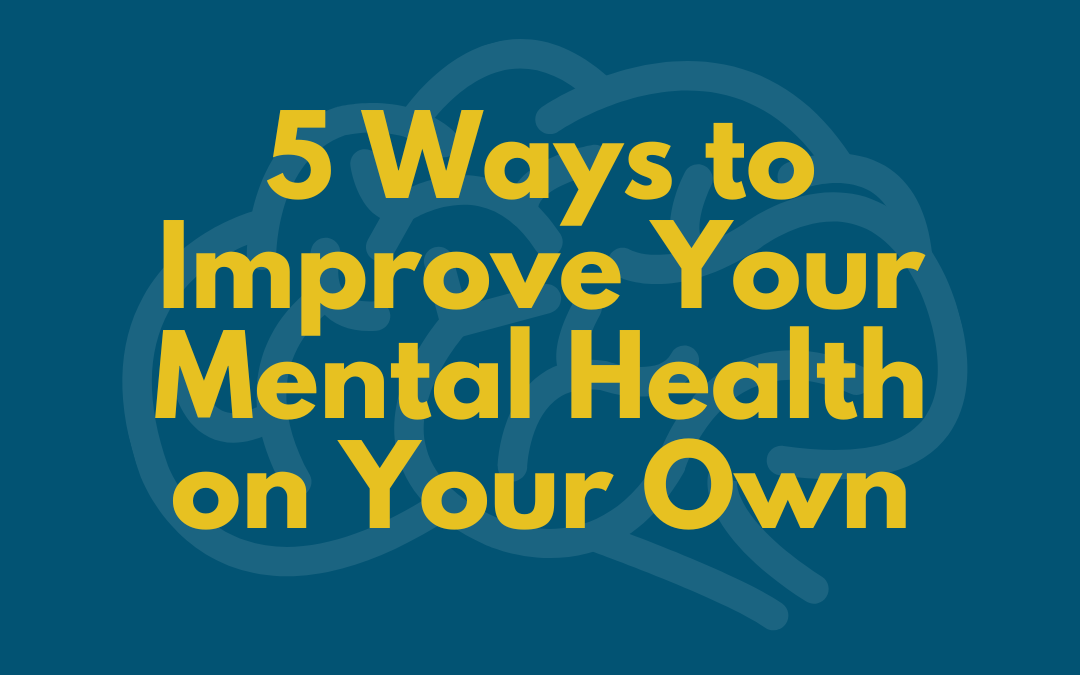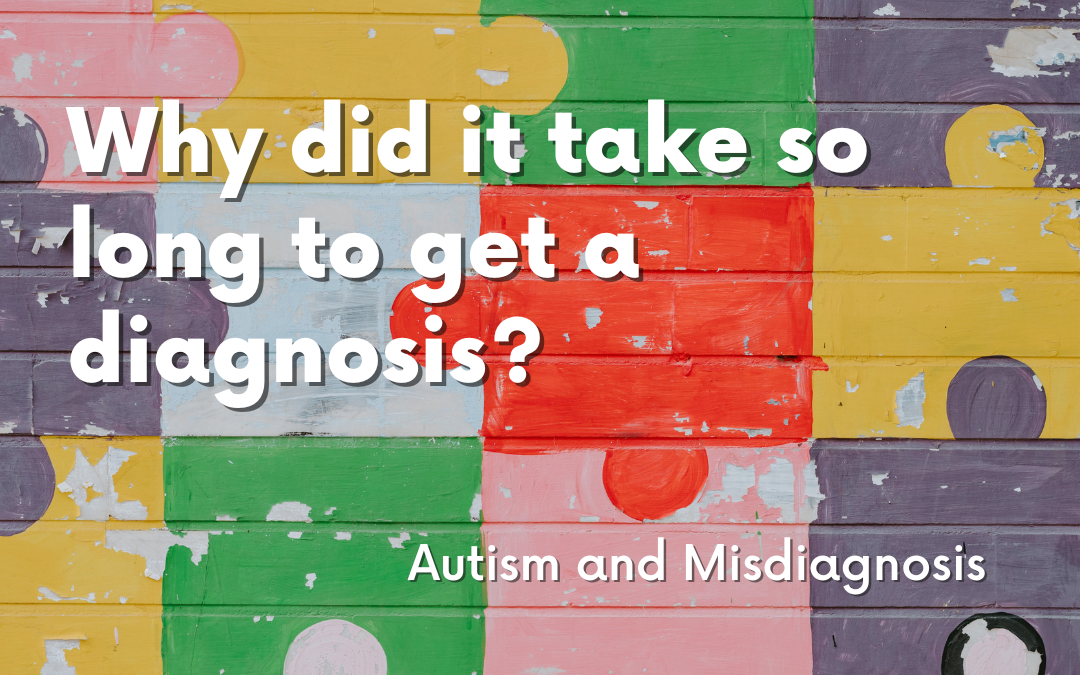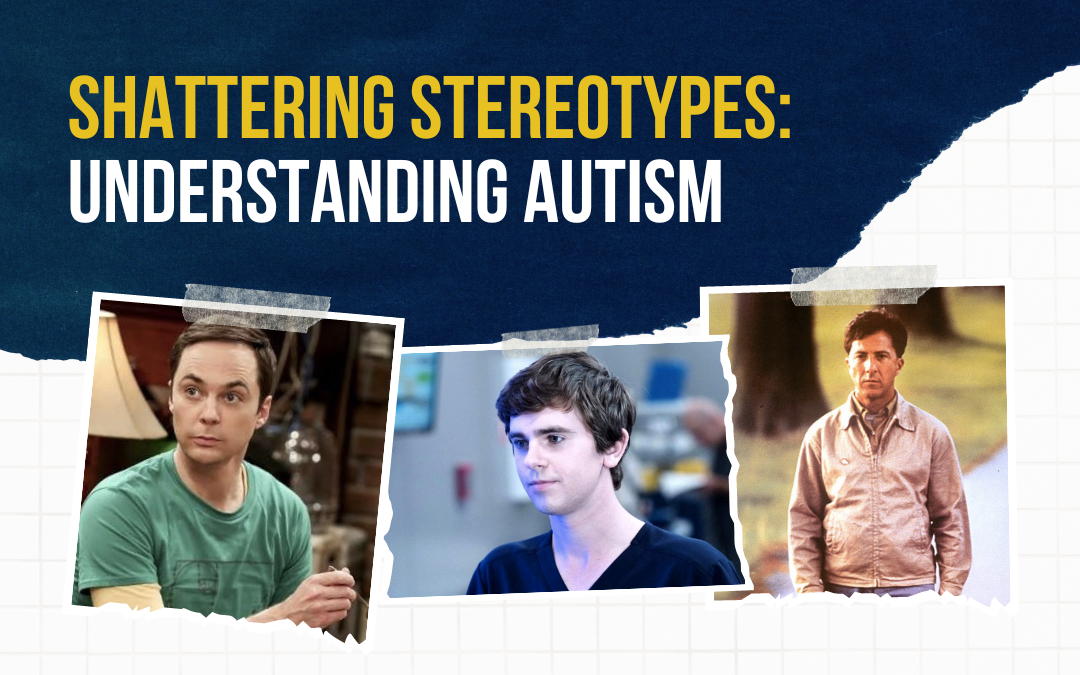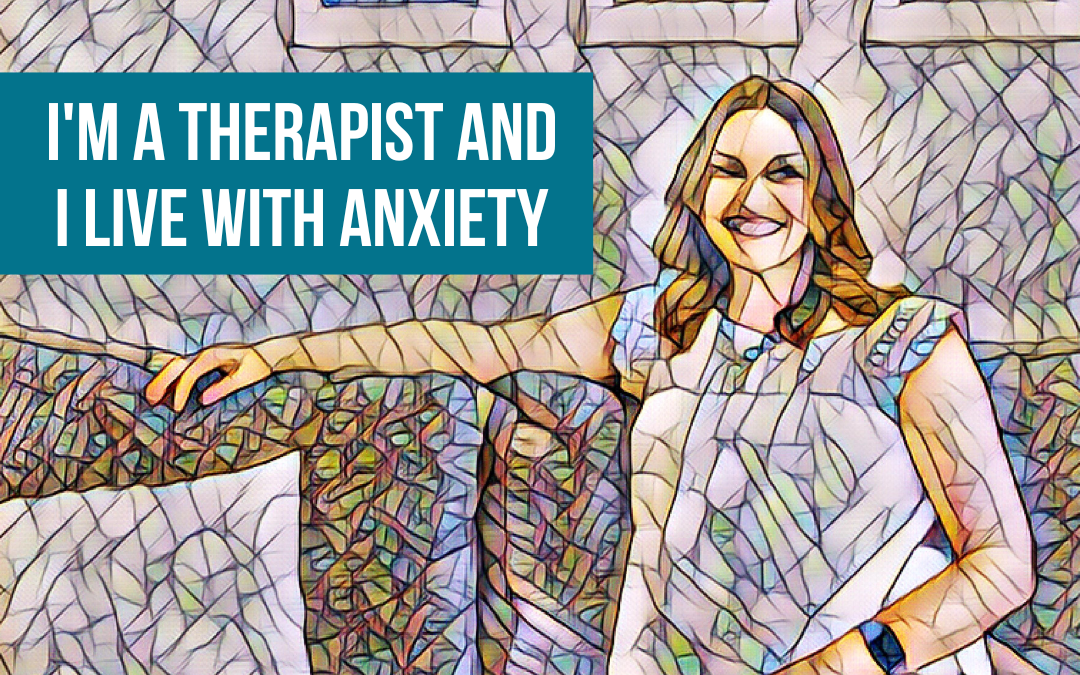Understanding PTSD
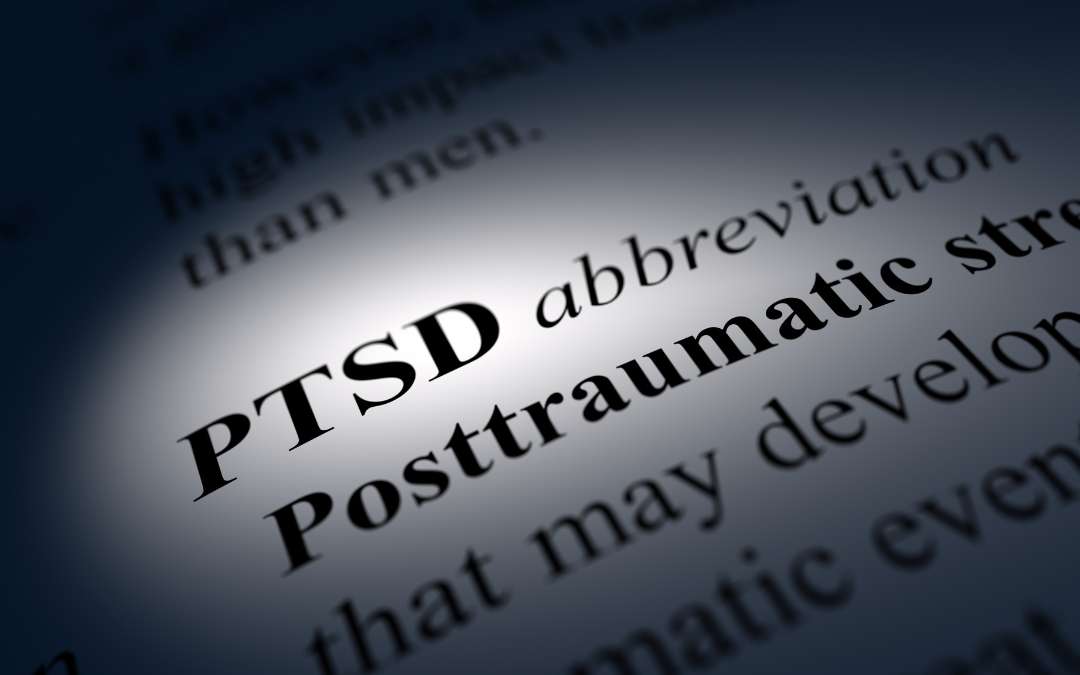
Post Traumatic Stress Disorder. PTSD. Although it’s a mental health condition that most people have probably heard of, it’s actually fairly misunderstood. Posttraumatic Stress Disorder is diagnosed when an individual develops chronic symptoms, which impair daily activities, in response to a trauma. Some people experience an acute traumatic event, such as a car accident, but are not the victims of chronic or ongoing trauma. In fact, the majority of adults in the US reported experiencing some type of traumatic event during their lifetime. However, PTSD only develops in approximately 7% of the population.
If so many people experience trauma in their lifetime, why do only 7% of people develop PTSD? Several factors can impact the likelihood of a person developing PTSD, including, but not limited to, experiencing more than one traumatic event, the type of trauma, pre-existing mental health conditions, and level of social support prior to and following the trauma. So what is PTSD?
Symptoms of PTSD
Although most people who have lived through a traumatic event experience short-term symptoms, the majority do not develop PTSD. For those diagnosed with PTSD, symptoms usually begin within three months of the traumatic event. These symptoms continue to persist long after the traumatic event and interfere with a person’s well-being, relationships, and work life.
There are four different types of symptoms that characterize PTSD:
- Re-experiencing symptoms such as flashbacks and nightmares
- Avoidance symptoms which involve avoiding any triggers which remind the person of the traumatic event
- Arousal and reactivity symptoms such as sleep disruptions, feeling jumpy or on-edge, extreme reactions to small stressors or unexpected events, and aggressive or destructive behaviors
- Cognition and mood symptoms including increased anxiety and depression symptoms, guilt, and problems trusting others or withdrawing from social relationships
Diagnosis of PTSD is not a perfect science. Many people experience some of these symptoms but do not have symptoms in all of these categories or do not have the number of symptoms required for diagnosis. Although the person may not meet criteria for PTSD, they still may require treatment to address trauma related symptoms.
Do Children React to Trauma Differently than Adults?
Just like adults, children and teens can have extreme reactions to trauma but their symptoms can appear differently due to their developmental level. In children, symptoms may include:
- Acting out the event during play
- Wetting the bed after being toilet trained
- Regression in skills (e.g. speech, toileting)
- Being unusually clingy with a parent or caregiver
- Extreme tantrums which last long periods of time
It is important to note children may have trouble describing their experience and symptoms so they are more likely to show their symptoms in their behaviors. This can make it difficult for adults to understand their symptoms. If your child’s behavior has changed following a traumatic event, it is important to seek professional help. Teenagers are more likely to show symptoms similar to those seen in adults. They may also become more disruptive, disrespectful, or destructive.
Treatment Options for PTSD
PTSD does not just go away over time but can actually become worse without treatment. Treatment by a mental health professional to help manage symptoms, build coping skills, and re-process trauma in a healthy way is essential for recovery. The main treatment options include medication and trauma-focused therapy. It should be noted medication is typically used to help manage mood and anxiety symptoms but does not help a person work through the root of the symptoms. Treatment for PTSD is highly specific to the person’s individual needs which means a person may need to explore different treatments to find what works for them.
Trauma-focused therapy is the preferred treatment for PTSD. Trauma-focused therapy is similar to traditional counseling in that it helps people manage social, family, or work-related problems by increasing emotion regulation skills, building coping strategies, and improving social skills. However, trauma-focused therapy also involves specifically addressing the impact of the traumatic event on the individual’s current behaviors. Many people are hesitant to address their trauma due to fear. It is important to find a therapist who specializes in treating trauma so they can teach a person skills and provide support prior to starting trauma-specific work.
Support from family and friends is also important in managing symptoms related to trauma. Developing reliable and consistent relationships provides support for the person but it also helps them learn how to have healthy relationships with others. Family and friends can help a loved one who has experienced trauma by:
- Becoming trauma informed and recognizing trauma symptoms
- Allowing the person to share their trauma history on their own terms
- Being a consistent and reliable relationship
- Incorporating routines, structure, and consistency into daily activities
- Giving choices
- Assist in identifying helpful resources
- Setting reasonable expectations
It is important to receive appropriate treatment for PTSD to get relief from symptoms and help you feel more like yourself. Gateway Behavioral Health Consultants specializes in treating anxiety disorders, including trauma, in adults through therapy services. Schedule your free 15-minute consultation with our intake coordinator. We would love to hear from you and help determine if one of our therapists is the right fit for you.
References
Preventing Adverse Childhood Experiences |Violence Prevention|Injury Center|CDC. (2020, April 03). Retrieved May 27, 2020, from https://www.cdc.gov/aces/prevention/index.html
Post-Traumatic Stress Disorder (PTSD). (2017, November). Retrieved May 27, 2020, from https://www.nimh.nih.gov/health/statistics/post-traumatic-stress-disorder-ptsd.shtml
Post-Traumatic Stress Disorder. (2019, May). Retrieved May 27, 2020, from https://www.nimh.nih.gov/health/topics/post-traumatic-stress-disorder-ptsd/index.shtml
The post Understanding PTSD appeared first on Gateway Behavioral Health Consultants.
- Mon - Fri
- -
- Sat - Sun
- Closed
Evenings Available By Appointment

